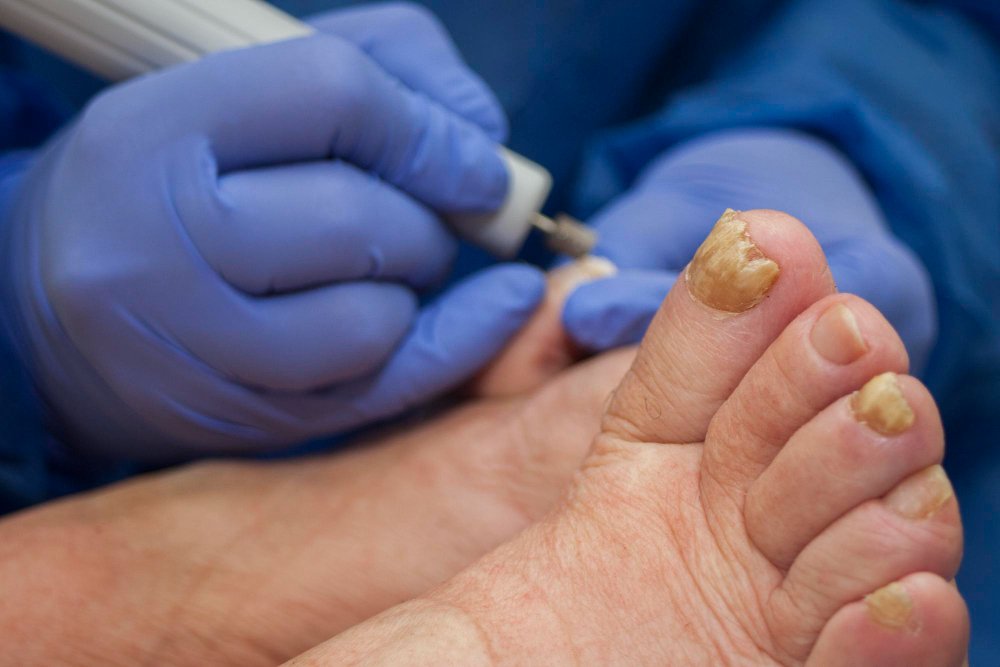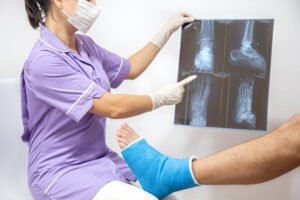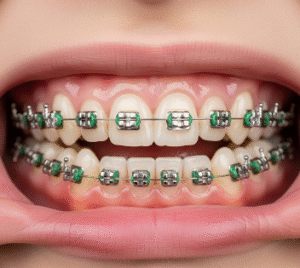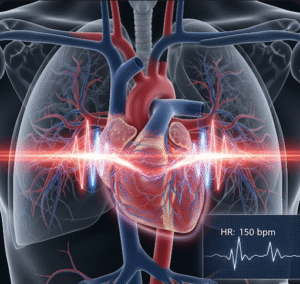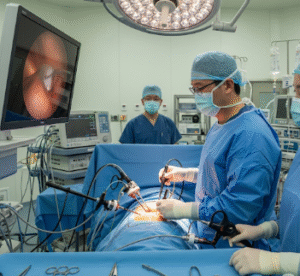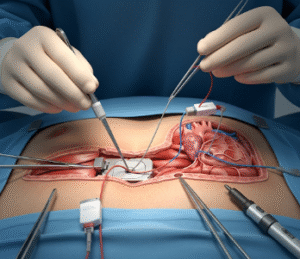Overview
Warts are small, non-cancerous skin growths caused by the human papillomavirus (HPV). They are generally harmless but can be unsightly, contagious, and sometimes painful depending on their location. Warts are common across all age groups, especially in children and people with weakened immune systems. They can appear on various parts of the body, including the hands, feet, face, and genitals.
What is Warts?
Warts are benign skin tumors that result from an infection with specific types of HPV. The virus causes rapid growth of cells on the skin’s outer layer, forming rough, raised bumps. There are several types of warts, including:
- Common warts (verruca vulgaris) – usually found on hands and fingers
- Plantar warts – appear on the soles of the feet and may be painful
- Flat warts – smoother and smaller, often on the face and legs
- Filiform warts – thread-like projections, usually on the face
- Genital warts – appear on the genital and anal areas and are sexually transmitted
Symptoms
Symptoms vary depending on the type and location of the wart, but may include:
- Small, grainy skin growths
- Rough surface texture
- Black dots (clotted blood vessels) often visible in the center
- Pain when pressure is applied, especially for plantar warts
- Itching or discomfort
- Grouped or isolated lesions
Causes
Warts are caused by infection with the human papillomavirus (HPV). The virus enters the body through tiny cuts or abrasions in the skin. There are over 100 strains of HPV, and certain types are more likely to cause warts on specific parts of the body. Direct contact with warts or contaminated surfaces (like showers or towels) can lead to transmission.
Risk Factors
Several factors increase the likelihood of developing warts:
- Weakened immune system (e.g., due to HIV or immunosuppressive medications)
- Children and teenagers, who have less immunity to HPV
- Direct contact with an infected person or contaminated object
- Skin injuries or cuts
- Frequent use of communal showers or swimming pools
- Sexual activity (for genital warts)
Complications
Though often harmless, warts can lead to:
- Pain and discomfort, especially plantar warts
- Cosmetic concerns and social stigma
- Secondary bacterial infections from scratching or picking
- Spread of warts to other parts of the body
- Transmission to others
- In rare cases, genital warts may be associated with cervical and other HPV-related cancers
Prevention
Preventing warts involves good hygiene and avoiding direct contact with HPV. Strategies include:
- Avoid touching warts on yourself or others
- Don’t share personal items like towels, razors, or shoes
- Use footwear in communal areas (pools, gyms)
- Cover warts with a bandage if necessary
- Avoid biting nails or cuticles
- Get the HPV vaccine, especially for preventing genital warts and HPV-related cancers
Treatment Options in Korea
South Korea offers advanced dermatological treatments for warts with a focus on cosmetic outcomes and recurrence prevention. Options include:
- Cryotherapy – freezing warts with liquid nitrogen (widely available in dermatology clinics)
- Laser therapy – especially CO₂ or pulsed-dye lasers for stubborn or facial warts
- Topical treatments – such as salicylic acid, imiquimod, or retinoid creams
- Electrosurgery and curettage – burning and scraping the wart
- Immunotherapy – boosting the immune response against the wart
- Genital wart treatment – offered in specialized gynecology/urology clinics with confidentiality and advanced care
Major hospitals and private clinics in Seoul and other cities provide wart treatment using the latest equipment, ensuring effective removal and minimal scarring.

